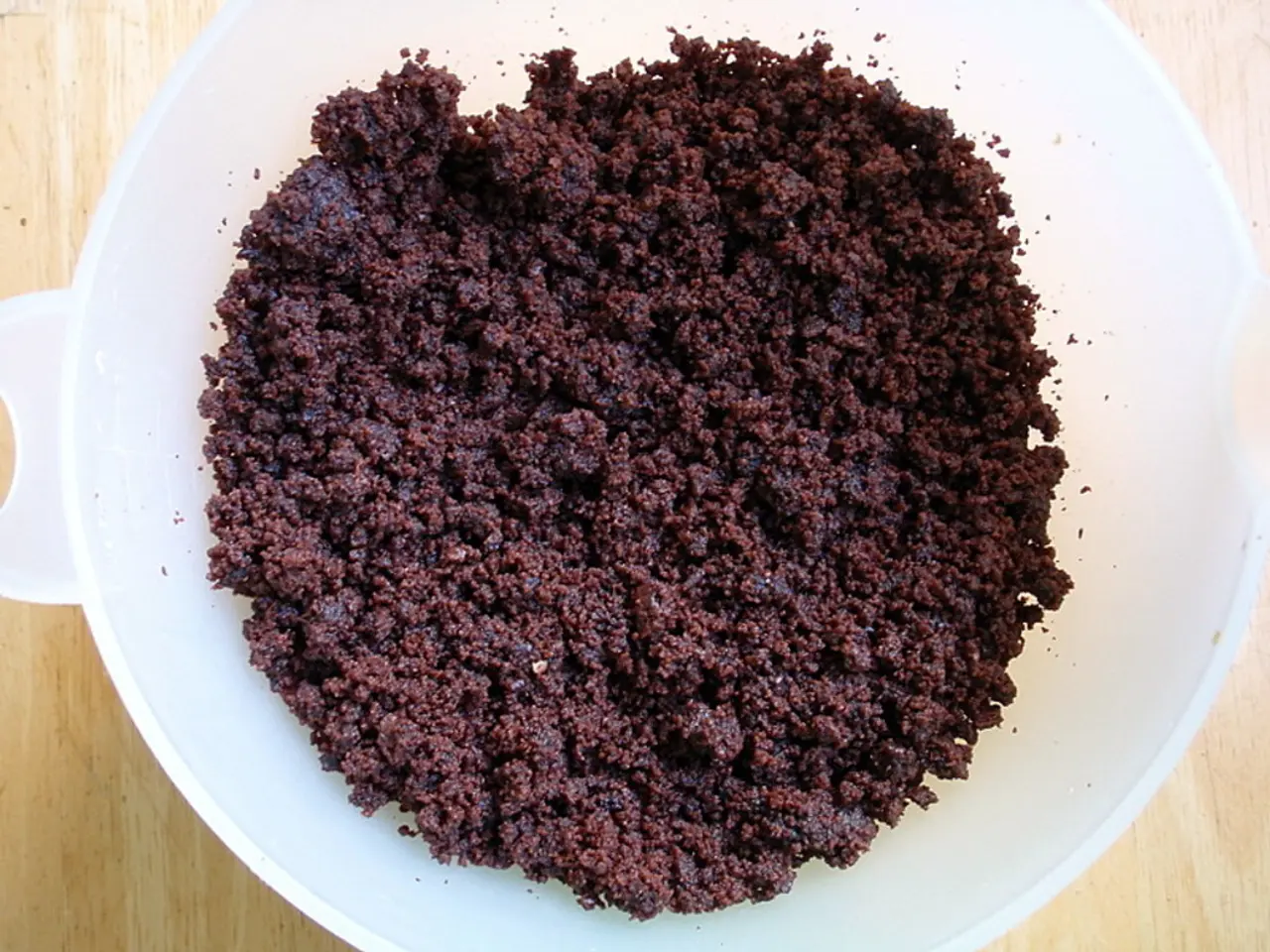Histological Examination of UC: Understanding its Implications
Ulcerative colitis (UC), a type of inflammatory bowel disease, can be challenging to diagnose and manage. However, a crucial tool in this process is histology, a microscopic examination of tissue samples.
Histology plays a pivotal role in confirming UC diagnosis, distinguishing it from other inflammatory bowel diseases and colitis types. Characteristic features such as mucosal and submucosal granulocyte infiltration, crypt abscesses, altered crypt architecture, lymphocyte infiltration, and mucosal atrophy are indicative of UC [3][5].
Histology is also instrumental in evaluating disease activity. Histological scoring systems, like the Geboes score and Nancy index, quantify microscopic inflammation and can detect ongoing histological activity, even in patients who are in clinical and endoscopic remission [3][4]. This aids in more precise disease activity monitoring than clinical symptoms or endoscopy alone.
In addition, histology is vital in monitoring treatment response and predicting relapse. Persistent histological activity in colon segments identifies patients at higher risk of relapse, making histology an important tool for risk stratification and treatment adjustment [4]. Studies suggest that histological remission may be a more stringent and meaningful treatment target than endoscopic remission.
Advanced techniques, such as endocytoscopy, enable real-time simultaneous endoscopic and histological assessment, improving the accuracy and efficiency of disease monitoring in clinical practice [1].
Histology also assists in excluding opportunistic infections like cytomegalovirus colitis through biopsy and immunohistochemistry, which is critical in immunosuppressed UC patients [2][3].
In summary, histology is indispensable in UC management for confirming diagnosis, assessing microscopic inflammation and disease extent, guiding therapeutic decisions, and predicting disease course beyond what endoscopy and clinical evaluation alone can provide [1][3][4][5].
A stool test can also check for signs of inflammation and other conditions causing symptoms. While histology primarily focuses on microscopic examination of tissue samples, a stool test offers a non-invasive method for initial screening and monitoring UC.
- Ulcerative colitis, a chronic disease, shares similarities with other inflammatory bowel diseases and colitis types, but histology can help distinguish it.
- Actions taken to manage chronic-kidney-disease and COPD must be significantly different from those for ulcerative colitis since their underlying mechanisms and progressions are dissimilar.
- Therapies and treatments for type-2-diabetes often involve lifestyle modifications, such as adjustments in nutrition and fitness-and-exercise.
- Mental-health is a critical aspect of health-and-wellness, and environmental-science can provide insights into how climate-change might influence mental-health conditions.
- Despite the importance of histology in diagnosing and managing ulcerative colitis, CBD, a compound derived from cannabis, shows potential in easing symptoms of inflammatory bowel disease.
- Rheumatoid-arthritis, another chronic disease, might require medical-condition-specific management strategies, like medication and physical therapy.
- Science continues to advance, and the study of space-and-astronomy might yield future breakthroughs in understanding and treating chronic-diseases like ulcerative colitis.
- In addition to ulcerative colitis and its histological examination, understanding other medical-conditions, such as mental-health and chronic-kidney-disease, is crucial to ensuring overall wellness.
- The integration of various approaches, including histology, nutrition, and therapies, offers a comprehensive approach to managing complex conditions like ulcerative colitis and type-2-diabetes.




